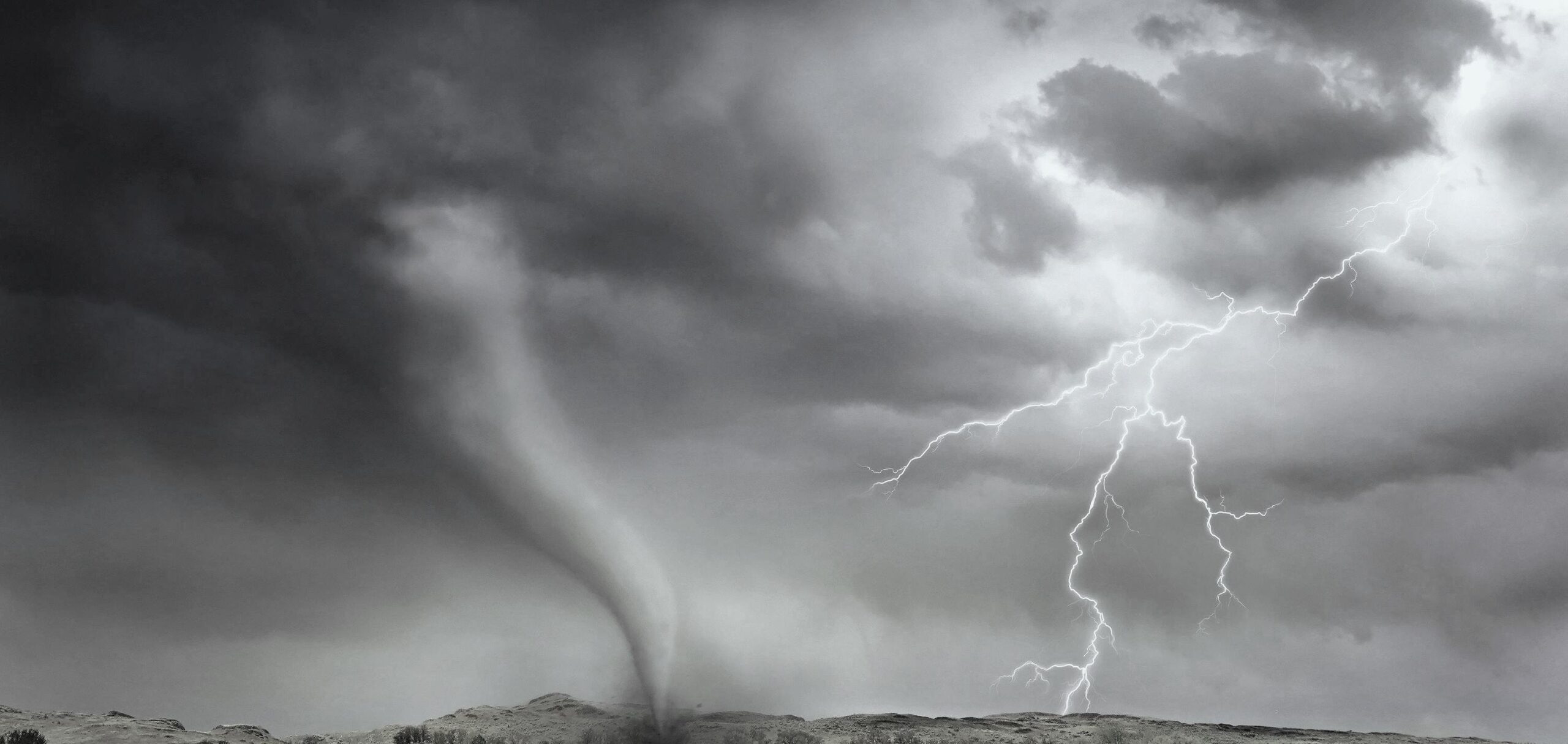On July 31, 1987, the city of Edmonton experienced a catastrophic event that would forever change its history. The Edmonton Tornado, an F4-rated tornado, tore through the city, leaving a path of destruction, killing 27 people, and causing over $330 million in damages. This event stands as one of the most powerful and devastating tornadoes in Canadian history. Thirty-seven years later, we look back on that fateful day, reflecting on the atmospheric setup, the timeline of events, the aftermath, and the lasting impacts on the city and meteorological practices in Canada.
The atmospheric conditions leading up to July 31, 1987, were primed for severe weather. A significant ridge of high pressure had built up over Alberta, pushing warm, humid air into the region. Temperatures soared into the mid to upper 30s Celsius. Meanwhile, an area of lower pressure was building off the coast of British Columbia, but it was unable to move eastward due to the intense high-pressure ridge.
On the morning of July 31, a shortwave trough, a disturbance within the jet stream, became evident. This disturbance caused the necessary atmospheric instability and vorticity—spinning air—that are crucial for tornado formation. By early afternoon, the stage was set for a severe weather outbreak.
Thunderstorms began to develop south-southwest of Edmonton in the late morning, making their way across Alberta. At 1:40 p.m., the Alberta Weather Centre issued a severe weather watch for the Edmonton area, warning of potential violent thunderstorms. By 2:45 p.m., a severe weather warning was issued, alerting residents of the possibility of severe thunderstorms and possibly tornadoes.
At 2:53 p.m., a small tornado touched down east of Leduc, causing minimal damage. Six minutes later, a second, more significant tornado touched down north of Beaumont. This tornado rapidly intensified and grew in size, heading towards Edmonton. By 3:04 p.m., a tornado warning was issued for the Edmonton metro area. However, due to the infrequency of violent tornadoes in Canada, many residents were unaware of the imminent danger.
The tornado first struck the Mill Woods area, causing F2-level damage. Thirty-two homes experienced significant damage as the tornado continued its northward path. As it moved into East-Central Edmonton, known as the industrial area and Refinery Row, the tornado reached its peak intensity, causing catastrophic destruction.
Steel warehouses, sawmills, and construction buildings were obliterated. The tornado derailed trains carrying hazardous materials and tossed trailers into the air. In this industrial area, 12 people lost their lives, many of whom were trapped under debris.
Crossing the North Saskatchewan River, the tornado weakened but still caused extensive damage in the Clairview area. It continued northeast, entering the Evergreen mobile home community, where it regained strength and caused severe devastation. Two hundred eight mobile homes were destroyed, and 15 people were killed.
In the immediate aftermath, the focus was on search and rescue. Emergency services from across the region were deployed to assist in the efforts. The community came together, with thousands of dollars in donations pouring in from across North America. Volunteers worked tirelessly to sort through donations and assist those affected.
The Edmonton Tornado served as a wake-up call for Environment Canada. While they had issued severe weather warnings, the lack of Doppler radar technology hindered their ability to provide timely and accurate tornado warnings. The tornado prompted a significant upgrade to Canada’s weather monitoring systems, including the installation of Doppler radar in the following years.
The Edmonton Tornado of 1987 left an indelible mark on the city and its residents. The tragedy highlighted the need for better severe weather preparedness and communication. In the years since, advancements in meteorological technology and improved emergency response protocols have been implemented to ensure that communities are better equipped to handle such disasters.
As we commemorate the anniversary of the Edmonton Tornado, we remember the lives lost and the resilience of a community that came together in the face of disaster.

